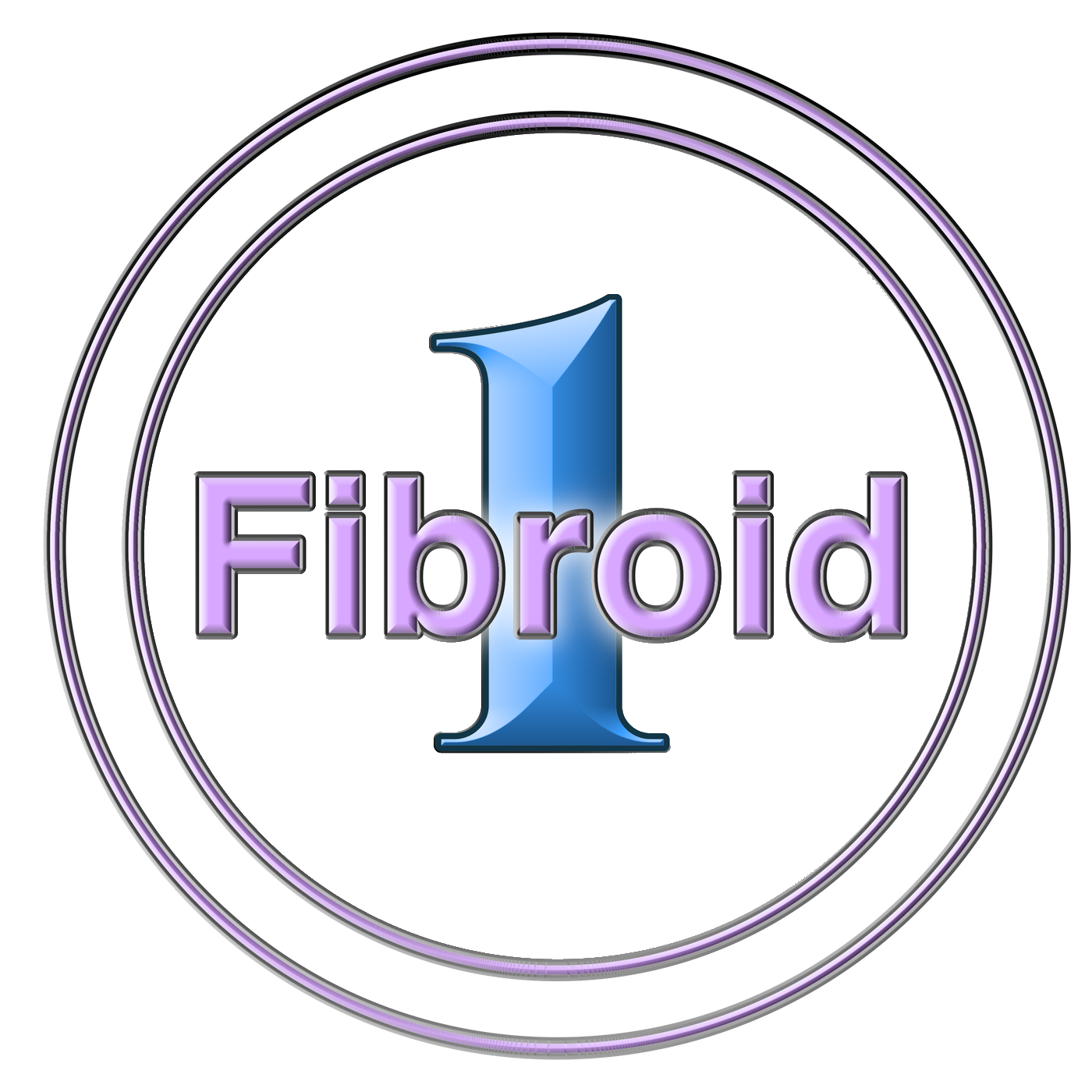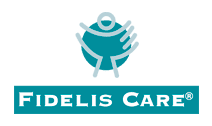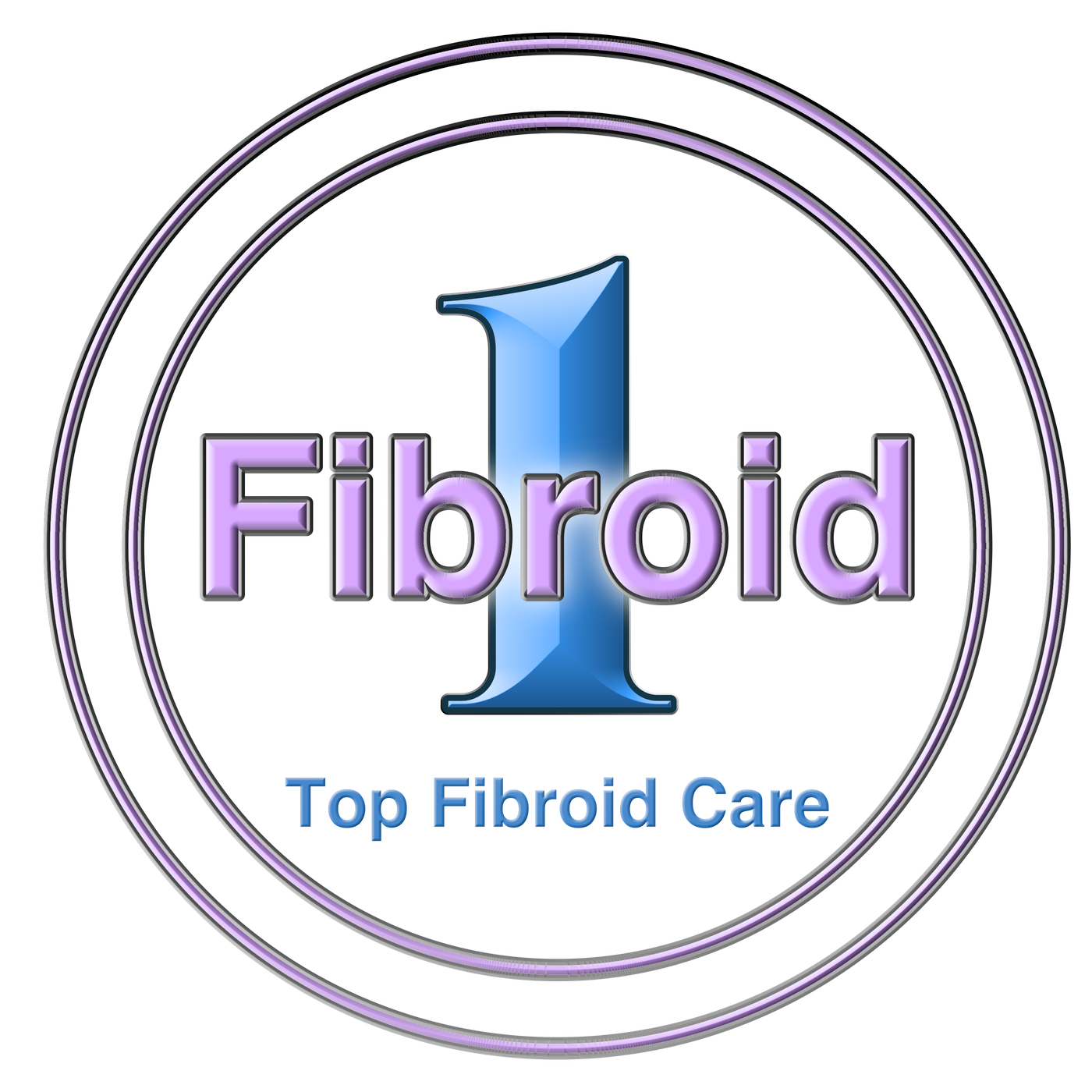In recent years, minimally-invasive surgical techniques have revolutionized the way gynecological conditions are treated. These approaches, which involve smaller incisions, less pain, and shorter recovery times, have provided women with more options for managing conditions like uterine fibroids, adenomyosis, and other gynecological disorders. In this blog, we’ll explore uterine fibroids and adenomyosis, two common conditions treated with minimally-invasive techniques such as Uterine Fibroid Embolization (UFE) and Uterine Artery Embolization (UAE).
What Are Uterine Fibroids?
Uterine fibroids, also known as leiomyomas or myomas, are non-cancerous growths that develop in the muscle wall of the uterus. These fibroids are extremely common, with up to 70% of women experiencing them by the age of 50. The size and number of fibroids can vary greatly, and in many cases, women may not even know they have fibroids because they cause no symptoms.
However, when fibroids do cause symptoms, they can significantly impact a woman’s quality of life. Common symptoms include:
- Heavy or prolonged menstrual bleeding
- Pelvic pain or pressure
- Frequent urination or difficulty emptying the bladder
- Pain during intercourse
- Bloating or abdominal enlargement
Fibroids can also contribute to fertility issues, especially if they block fallopian tubes or distort the shape of the uterus. Fortunately, minimally-invasive treatment options, such as Uterine Fibroid Embolization (UFE), can offer effective symptom relief.
Uterine Fibroid Embolization (UFE)
Uterine Fibroid Embolization (UFE) is a minimally-invasive, non-surgical procedure that offers a highly effective way to treat symptomatic fibroids without the need for open surgery. This procedure is performed by a radiologist or vascular specialist using imaging techniques to guide the procedure.
How UFE Works:
- Procedure Overview:
UFE works by blocking the blood vessels that supply blood to the fibroids. Using a small catheter inserted through a tiny incision in the groin (or sometimes the wrist), a radiologist threads the catheter into the uterine arteries and injects tiny particles into the blood vessels. These particles block the blood flow to the fibroids, causing them to shrink and eventually die off. - Benefits of UFE:
- Minimally invasive: No need for large incisions.
- Shorter recovery time compared to traditional surgery (most patients can return to normal activities in about 1-2 weeks).
- Preserves the uterus: UFE is a highly effective treatment for fibroids, and since it doesn’t require removal of the uterus, it’s an excellent option for women who wish to preserve their fertility.
- Effectiveness:
UFE has a success rate of over 85% in reducing symptoms like heavy bleeding, pelvic pain, and urinary issues. While it’s not suitable for all types of fibroids (such as those outside the uterus or located near the cervix), it remains one of the most effective options for women who are not planning to conceive. - Side Effects and Recovery:
After the procedure, some women may experience cramping, vaginal discharge, or mild fever for a few days. Most women report significant symptom relief within three months.
What Is Adenomyosis?
Adenomyosis is a condition where the endometrial tissue (which normally lines the uterus) grows into the muscular wall of the uterus. It’s similar to endometriosis but occurs within the uterus itself. Adenomyosis can cause a range of symptoms, including:
- Heavy menstrual bleeding
- Severe cramping
- Chronic pelvic pain
- Painful intercourse
Unlike fibroids, which are generally localized growths, adenomyosis involves the entire uterine muscle. This condition is most commonly seen in women in their 40s and 50s, often after childbirth, though it can occur at any age. While the exact cause of adenomyosis is unknown, hormonal changes and trauma to the uterus during childbirth may play a role.
Uterine Artery Embolization (UAE) for Adenomyosis
While Uterine Fibroid Embolization (UFE) is specifically designed to treat fibroids, the technique can also be effective for treating adenomyosis, particularly when it causes heavy bleeding and significant pain. In this case, the procedure is called Uterine Artery Embolization (UAE), though the method and approach remain the same.
How UAE Works:
- Procedure Overview:
Like UFE, UAE involves the insertion of a catheter into the uterine arteries to deliver embolic agents (tiny particles) that block blood flow to the areas affected by adenomyosis. The loss of blood flow causes the adenomyotic tissue to shrink and become less active, alleviating the symptoms. - Effectiveness:
UAE has shown promising results for women with adenomyosis, especially in reducing pain and heavy bleeding. It’s particularly beneficial for women who are not candidates for surgery or wish to avoid a hysterectomy. The procedure can significantly reduce symptoms and improve quality of life for many women. - Recovery and Side Effects:
Recovery after UAE for adenomyosis is similar to UFE, with most women returning to normal activities in about a week. As with UFE, there may be cramping, vaginal discharge, and a low-grade fever for a few days. Long-term outcomes are positive, with most women experiencing substantial symptom relief within several months.
Benefits of Minimally-Invasive Techniques
Both Uterine Fibroid Embolization (UFE) and Uterine Artery Embolization (UAE) offer several advantages over traditional surgical options like myomectomy or hysterectomy:
- No Large Incisions: Both procedures are performed through small incisions, usually in the groin or wrist, which significantly reduces recovery time and minimizes the risk of complications.
- Shorter Recovery Time: Patients typically return to normal activities within 1-2 weeks compared to 6-8 weeks of recovery from traditional surgery.
- Preservation of the Uterus: Both UFE and UAE help preserve the uterus, making them great options for women who want to maintain their fertility or simply avoid the emotional and physical toll of a hysterectomy.
- Effective Symptom Relief: Both procedures have a high success rate in reducing the symptoms of uterine fibroids and adenomyosis, such as heavy bleeding, pelvic pain, and pressure.
1Fibroid in New York is Here to Support You
For women struggling with symptoms of fibroids or adenomyosis, these techniques offer hope. Consulting with a specialist at 1Fibroid about whether UFE or UAE is the right option can help you regain control over your health and improve your overall quality of life. Call 212-991-9991 today to learn more about UFE or UAE and how we can support you on your journey to better health and symptom relief.












